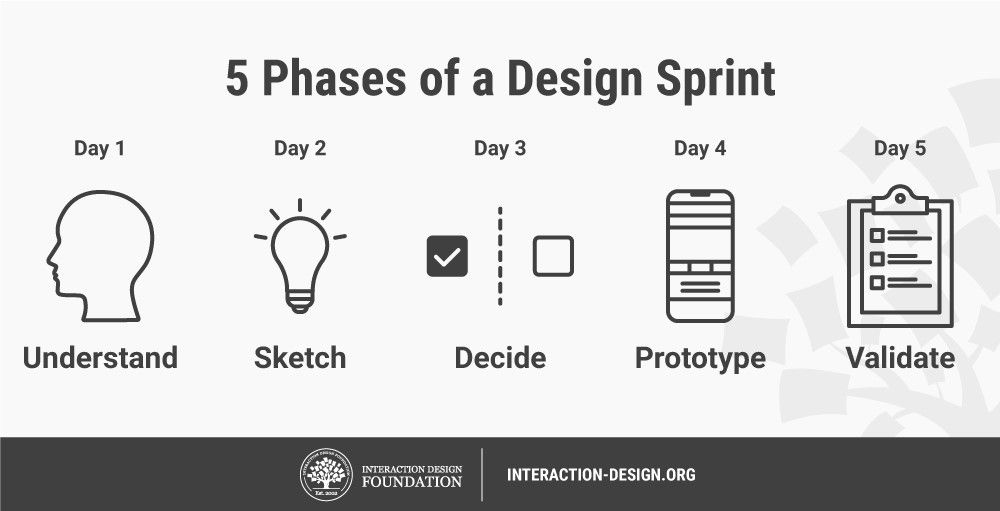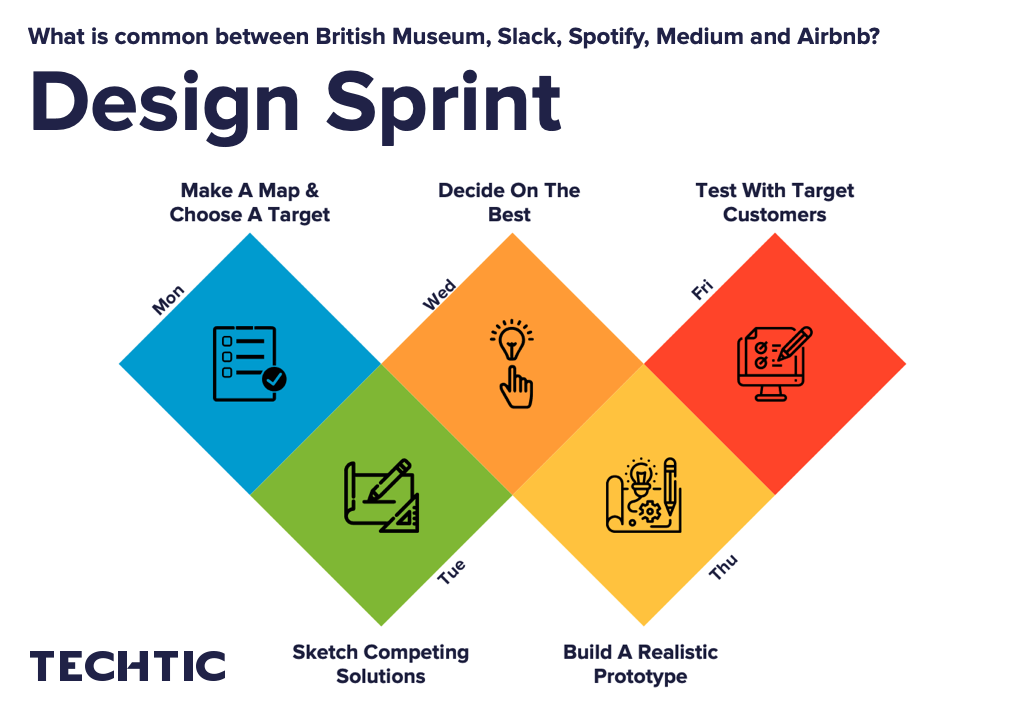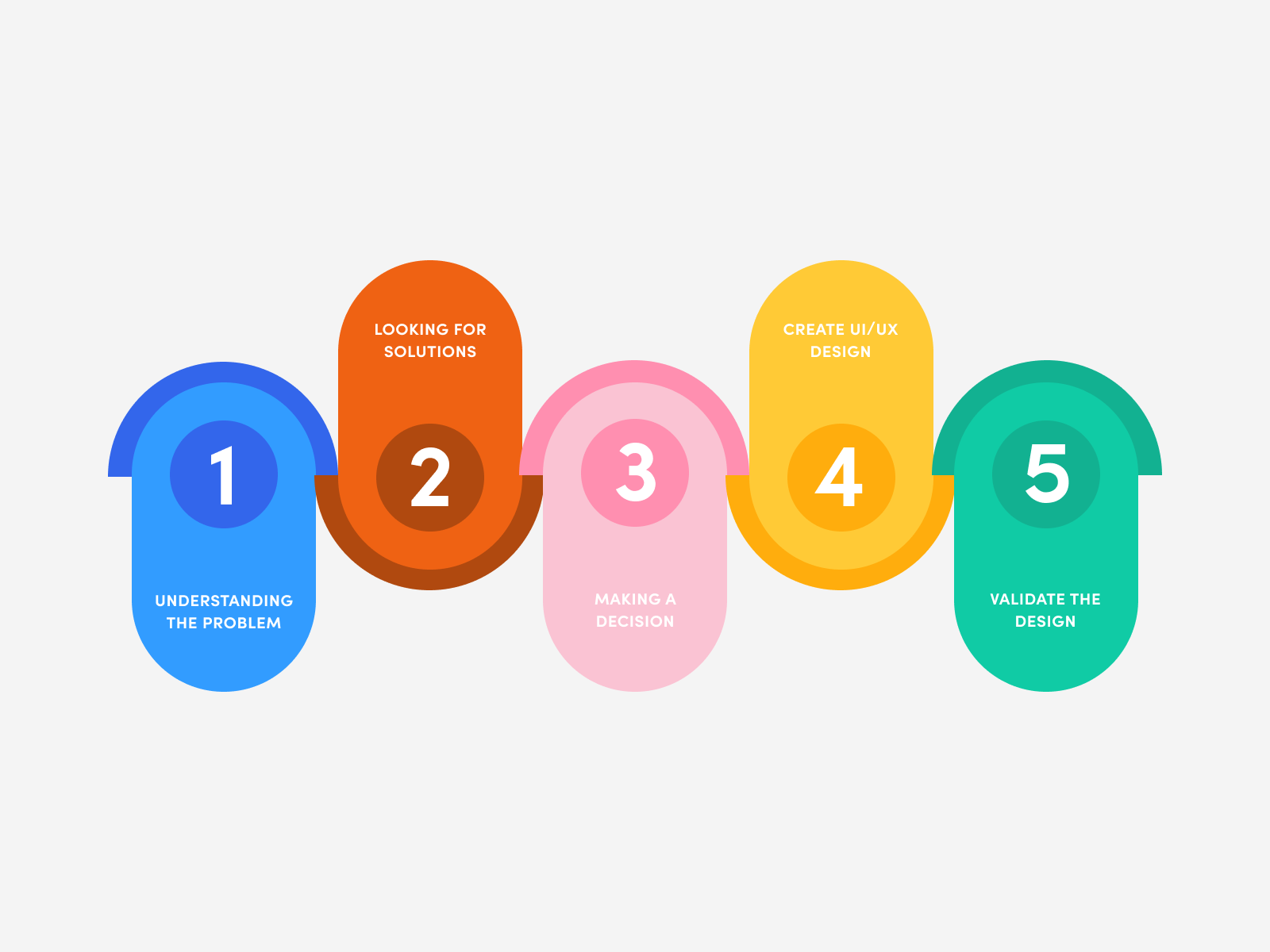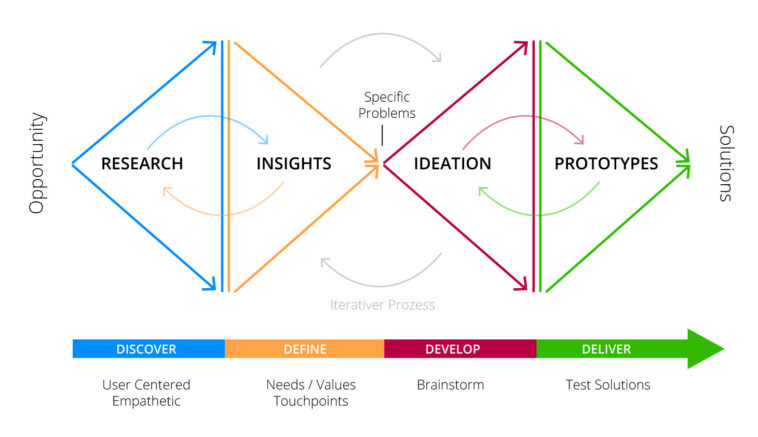Design sprints are a great way to quickly improve the design of your business. Implementing a design sprint can help you save time and money, as well as make sure that your product is the best it can be. In this article, I’m going to show you how to implement design sprints in your business! We’ll look at how to structure the sprints, how to effectively use them, and how to make sure you get the most out of each design sprint. So if you’re looking for a quick and easy way to optimize your business, read on!
Identify Your Business Goals and Challenges

If you want to implement design sprints in your business, it’s important to identify your business goals and challenges. This can be done by creating a list of key issues you want to tackle and outcomes you want to achieve, as well as brainstorming with your team on potential solutions. You should also consider researching your competitors to better understand what strategies and tactics they are using. This will give you a better idea of how you can differentiate your business to stand out from the crowd. Finally, it’s important to set realistic goals that you can track and measure progress against, so you can accurately measure the success of your design sprints.
Develop a Plan for Your Design Sprint

Design sprints are an effective way to get your business on the right track. In order to ensure that your design sprints are successful, it is essential to develop a plan. Firstly, you should determine the goal of your sprint and identify the problem that needs to be solved. Secondly, define the team that will take part in the sprint and assign roles and responsibilities. Thirdly, create a timeline of the sprint, including important deadlines and milestones. Finally, decide on the tools and resources that will be used during the sprint. With a well-thought-out plan, you can make sure that your design sprints are effective and successful.
Gather the Right Team and Resources
Gathering the right team and resources is key to a successful design sprint. You must think carefully about who to bring to the table and what tools you will need. Ideally, the team should be diverse and include people from different areas of the business, such as marketing, design, and technology. You also need to have access to resources, such as a user testing platform, prototyping tools, and analytics software. Making sure these resources are readily available and the team is prepared will help maximize the effectiveness of the sprint.
Take Advantage of Tools and Templates

Design Sprints can be a great tool for businesses to implement, but utilizing the right tools and templates is key to success. There are a plethora of resources available to help you get started. From helpful digital tools like Miro, which allows you to collaborate with your team and create visual boards, to paper-based templates that can be used to map out processes and brainstorm ideas. These resources will help you build a strong foundation and create a successful design sprint process. By taking advantage of the available tools and templates, you can make sure your design sprints are efficient and effective.
Monitor and Evaluate Progress to Avoid Plagiarism

When implementing design sprints in your business, it’s important to monitor and evaluate progress. This will help you make sure that you’re using the best practices for your business and that you’re avoiding any kind of plagiarism. To do this, you should set goals and track your progress regularly. You should also be aware of any potential plagiarism issues that may arise and take steps to avoid them. Additionally, you should review your work regularly to make sure it is original and up to date with the latest trends. By doing this, you’ll be able to ensure that your business is running smoothly and efficiently.





GIPHY App Key not set. Please check settings